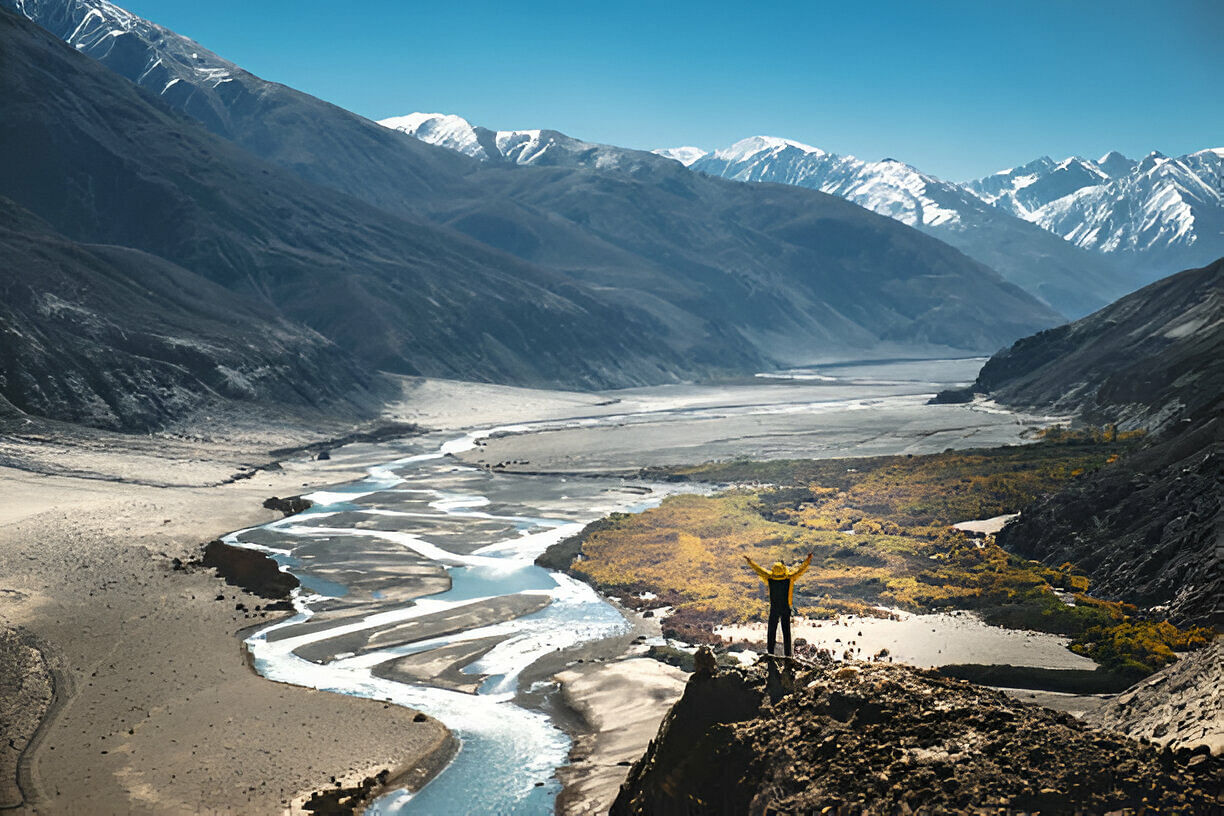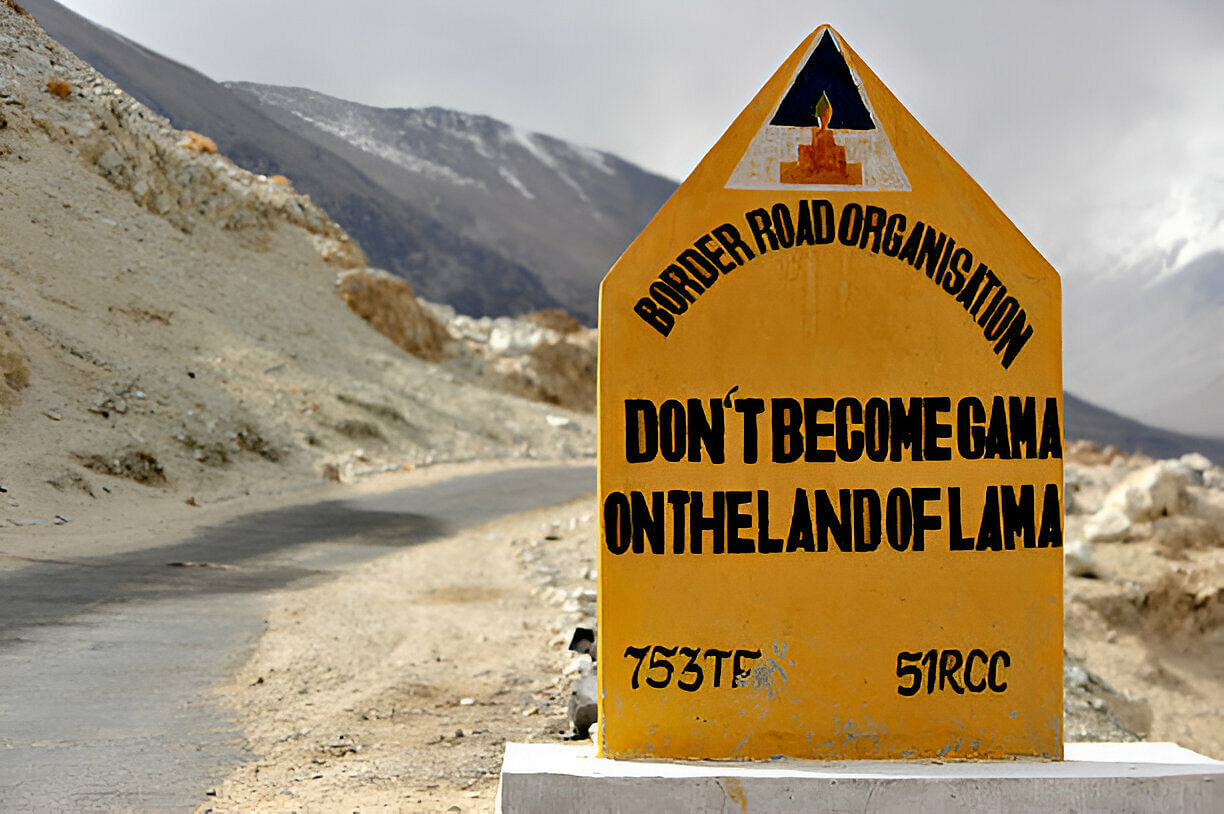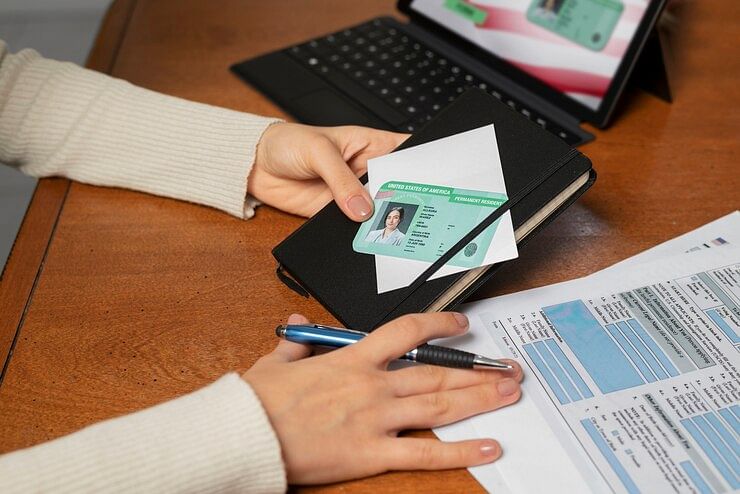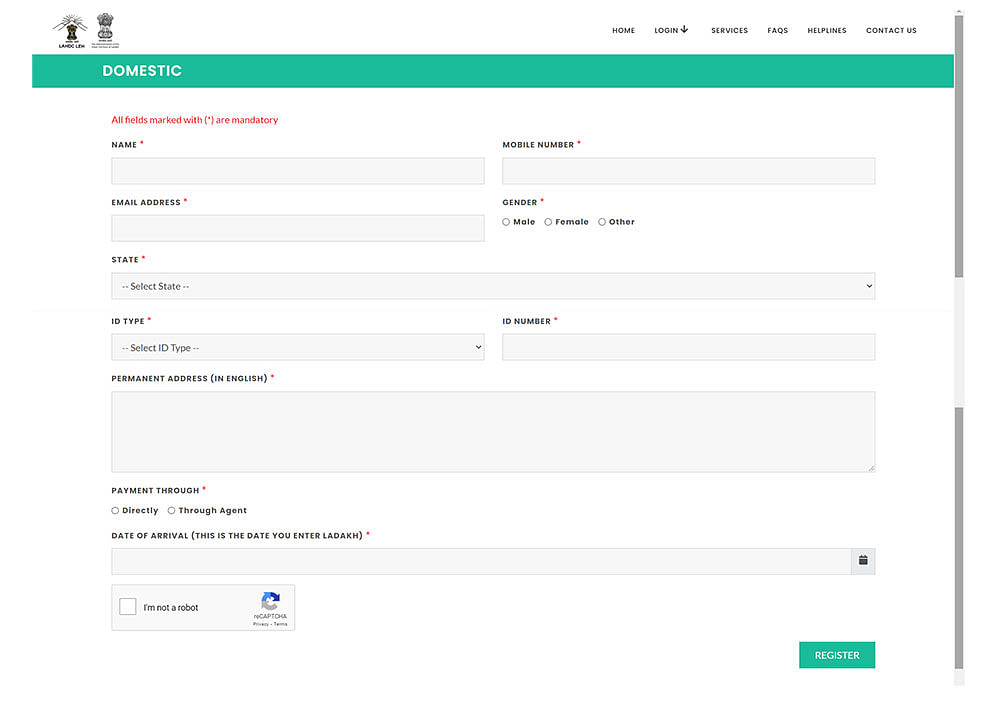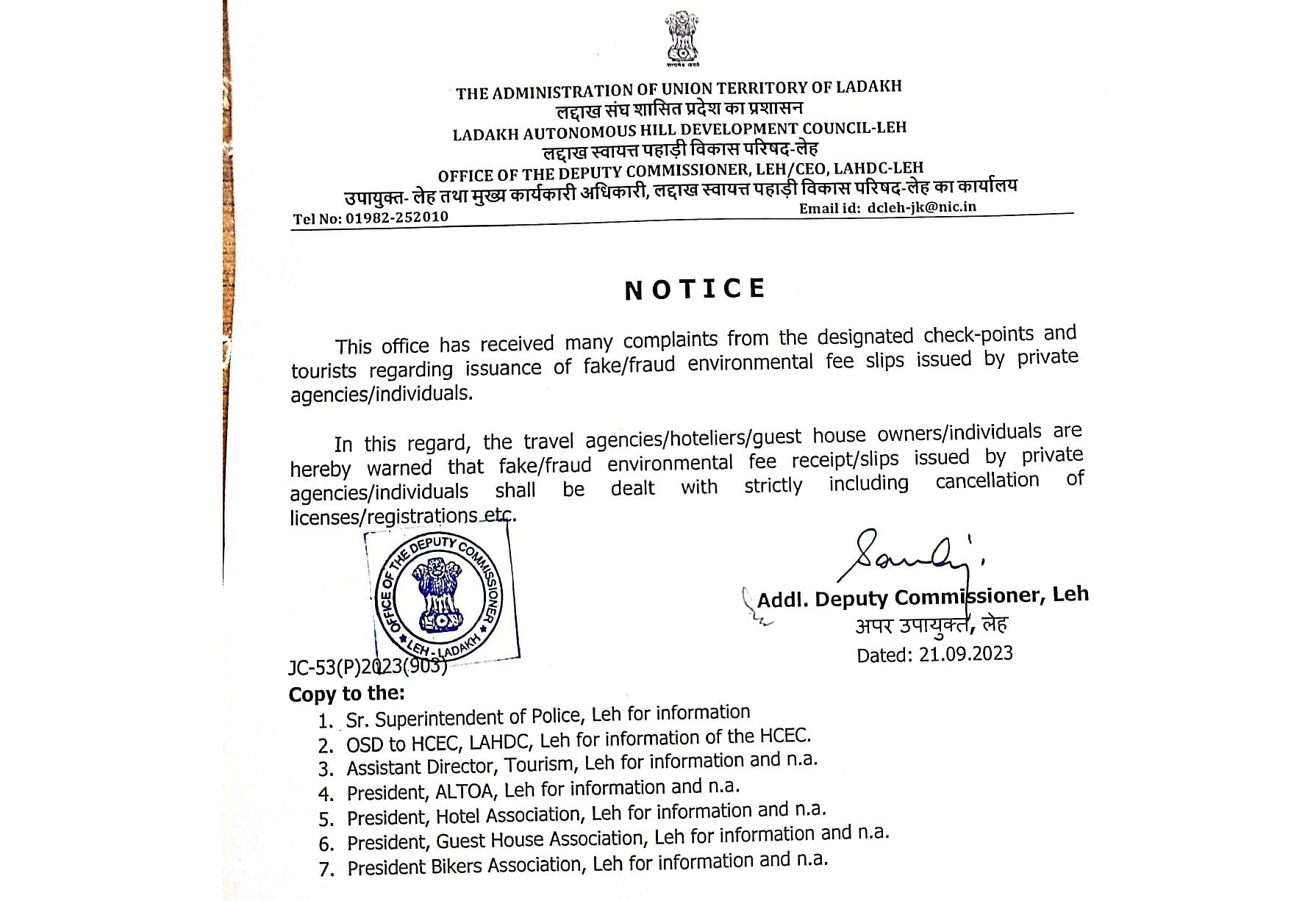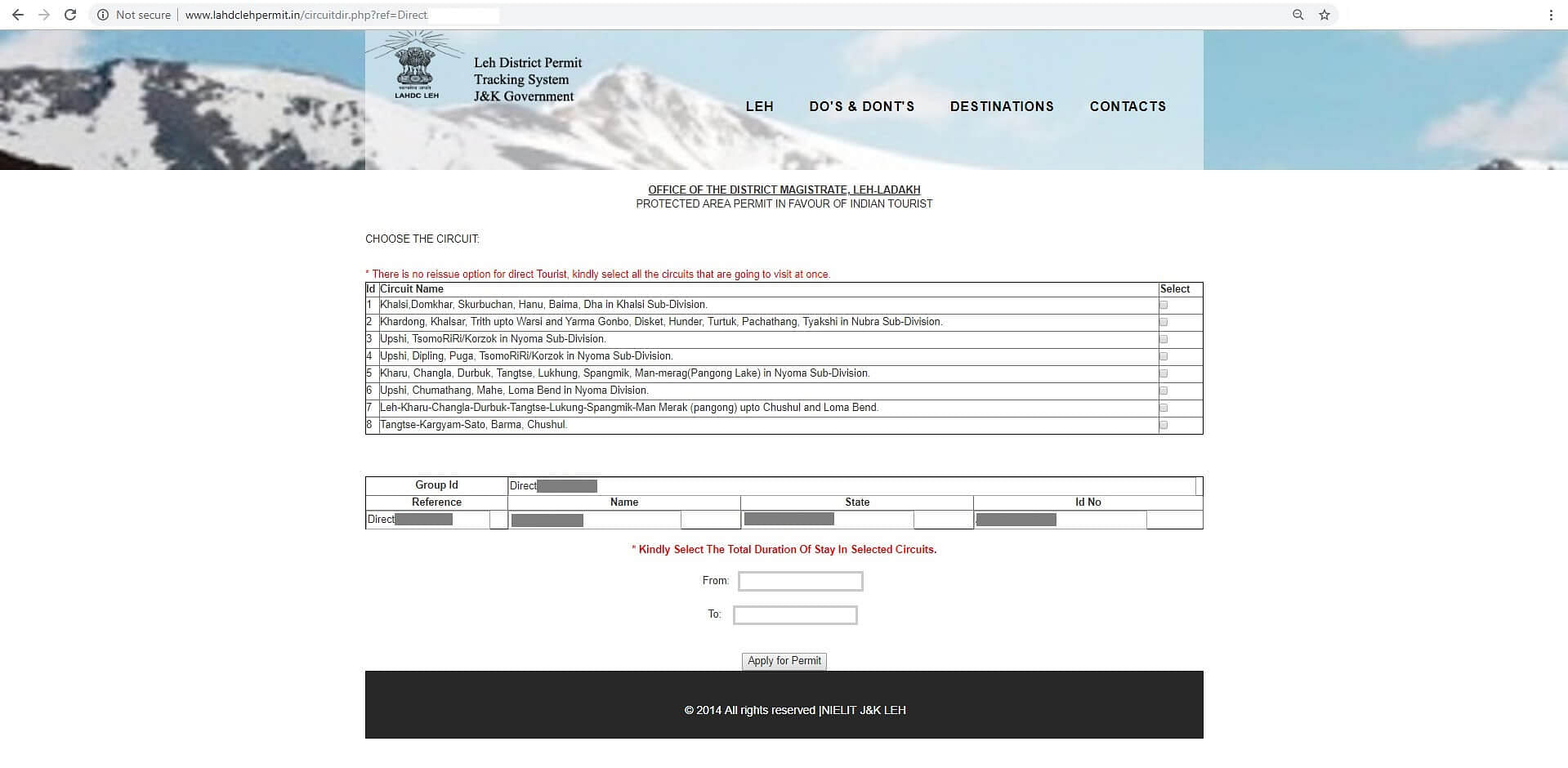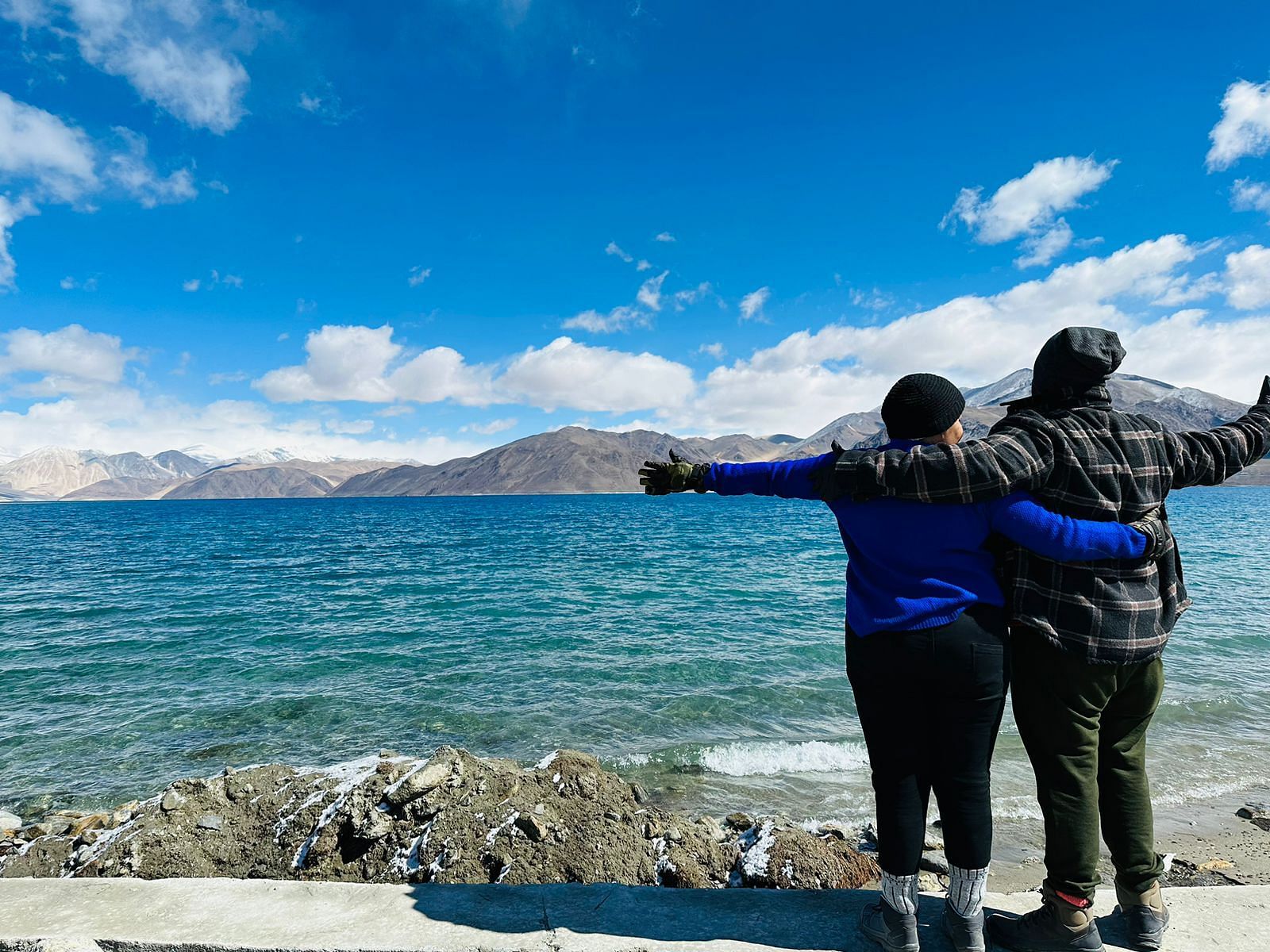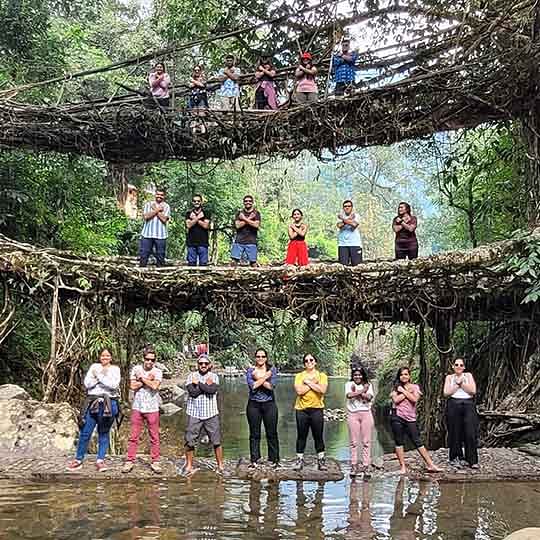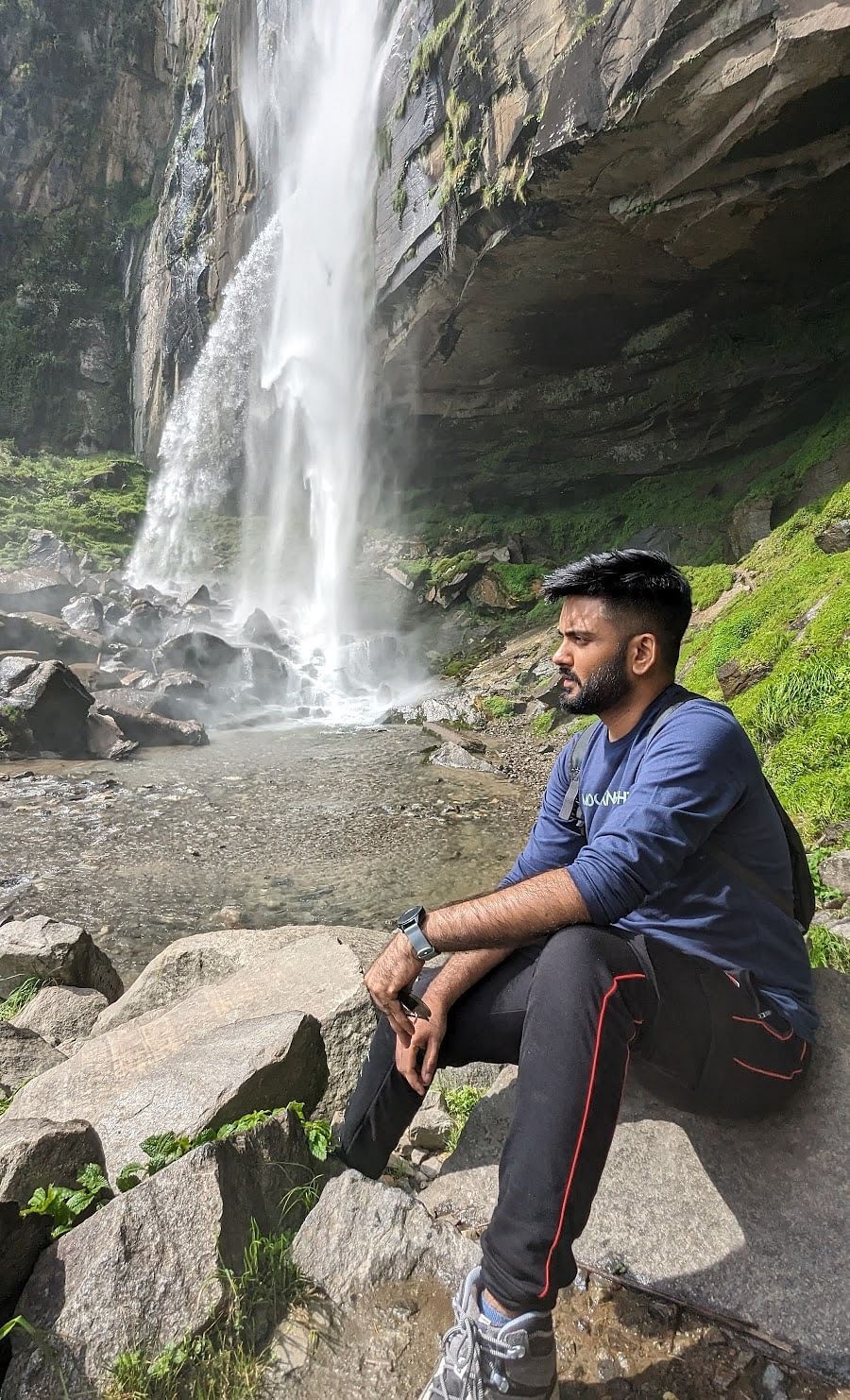You’re all set for your dream Ladakh trip—bags packed, bike or car ready, and adventure calling. But if you’re a foreign traveler (except from Bhutan or Nepal), there’s one thing standing between you and this Himalayan paradise: the Protected Area Permit (PAP). Without it, you won’t be able to enter some of Ladakh’s most stunning gems.
Ladakh has breathtaking but sensitive border areas, and to visit places like Pangong Tso, Tso Moriri, and Nubra Valley, foreign travelers must obtain a Protected Area Permit for Ladakh. It’s just a small piece of paper but a big deal for your Ladakh bike trip! The PAP is a special permit designed to regulate access to border regions while preserving Ladakh’s unique culture.
Don’t worry—it’s not as complicated as it sounds. With a little planning, you can get this permit easily and explore Ladakh without any hiccups. In this guide, we’ll break down how to get a Protected Area Permit in Ladakh, where to apply, and some handy tips to make the process smooth. Let’s get you permit-ready for an epic adventure!
What is Protected Area Permit Ladakh
A Protected Area Permit (PAP) is a special travel document required for foreign nationals to visit certain sensitive places in Ladakh. These regions, located near international borders, have strategic importance, and the permit is issued to regulate tourism while ensuring security and environmental protection.
The Protected Area Permit Ladakh isn’t too complicated to get, but it does come with some rules. It’s issued for a limited period and typically requires at least two foreign travelers traveling together under a registered travel agent.
Now, you might hear about another permit—Ladakh Restricted Area Permit (RAP). Sounds similar, right? But here’s the difference: while PAP grants access to protected border areas, Ladakh Restricted Area Permit (RAP) is for even more restricted zones and usually needs extra clearance from the Ministry of Home Affairs. In Ladakh, foreign tourists require a PAP, while Restricted Area Permit for Ladakh is generally not needed. However, in some northeastern states of India, RAP is mandatory for foreigners.
Documents Required for Protected Area Permit Ladakh
Here’s a checklist of documents required for Ladakh permit:
1. Passport Copy
- A clear, scanned copy of your valid passport.
- Your passport should have at least 6 months of validity from the date of entry into India.
2. Indian Visa Copy
- A copy of your valid Indian visa (preferably a tourist visa).
- Ensure your visa allows travel to restricted areas.
3. Passport-Sized Photographs
- Usually, 2–4 recent passport-sized photos are required.
- The photos should be clear, with a white background.
4. Travel Itinerary
- A detailed plan mentioning the places you intend to visit in Ladakh.
- Include your entry and exit dates for restricted zones.
5. Group Details (if applicable)
- If traveling in a group (minimum 2 people), provide:
- Full names
- Passport numbers
- Indian visa details
- Passport-sized photographs
6. Letter from a Registered Travel Agency
- Foreigners cannot apply for a PAP directly! A registered Indian travel agency must handle the application.
- The agency will provide a recommendation letter or official authorization.
7. Additional Documents (if required)
- Medical certificate (if needed, confirming fitness for high-altitude travel).
- Accommodation proof (sometimes requested for verification).
How to Apply for Protected Area Permit Ladakh
Step 1: Know Who Needs a PAP
If you’re a foreign traveler (except from Bhutan or Nepal), you must get a PAP to visit restricted areas like Pangong Lake, Nubra Valley, and Tso Moriri. Indian travelers? No PAP needed! But an Inner Line Permit (ILP) is required for some places.
Step 2: Gather Your Documents
Before applying, make sure you have the above-mentioned documents ready.
Step 3: Contact a Travel Agency
Unlike ILPs, you can’t apply for a Protected Area Permit Ladakh on your own. You must go through a registered travel agency in Ladakh or Delhi.
- Find a reliable travel agency that handles PAP applications.
- Send them your documents and itinerary.
- Let them handle the paperwork—easy, right?
Step 4: Pay the Fees
The PAP fee is usually around INR 500–1000 per person, depending on the areas you’re visiting. The travel agency may charge an additional service fee for handling the application.
Step 5: Get Your Permit & Hit the Road!
Once approved, your travel agency will send you the permit. Print multiple copies—you’ll need them at checkpoints.
Step 6: Follow the Rules
- PAP is valid for 7 days to 1 month (depending on your itinerary).
- Stick to your approved route and respect local guidelines.
Restricted Areas in Ladakh Requiring a Protected Area Permit
Here are the key areas in Ladakh that require a Protected Area Permit:
- Nubra Valley (Diskit, Hunder, Turtuk, Panamik) – Sand dunes, double-humped camels, and scenic villages near the Pakistan border.
- Pangong Tso (Spangmik, Man, Merak, Chushul) – Stunning blue lake extending into Tibet.
- Changthang Valley (Hanle, Nyoma, Loma) – Hanle Observatory, nomadic Changpa culture.
- Tso Moriri Lake (Korzok) – High-altitude lake, rare migratory birds.
- Dah-Hanu Valley (Dah, Hanu, Beema) – Home to the ancient Brokpa tribe.
- Other Restricted Areas – Marsimik La, Chushul, Nyoma, Phobrang, and Tangtse.
Smart Tips to Make Your Permit Process Smooth and Easy
- Apply in Advance – Start your application early, especially during peak travel seasons, to avoid last-minute delays.
- Use a Registered Travel Agent – Foreign tourists must apply through a registered travel agency in Leh, as individual applications are not allowed.
- Carry Multiple Copies – Keep at least 3–4 printed copies of your Protected Area Permit (PAP) for Ladakh for checkpoints.
- Ensure Correct Details – Double-check your passport details, visa information, and travel dates before submission to avoid rejection.
- Travel in a Group – Foreigners need to be in a group of at least two people to obtain a PAP. Solo travelers can join a group through a travel agency.
- Stay Updated on Rules – Permit regulations can change, so verify the latest updates with your travel agency or the Ladakh DC Office before applying.
- Keep Cash Handy – In case online payments don’t work, be prepared to pay the permit fee in cash at the Leh DC Office.
Exceptions & Special Cases for Protected Area Permit Ladakh
While most foreign nationals need a Protected Area Permit Ladakh to visit restricted areas, certain individuals and groups qualify for exemptions or special considerations. Here’s a breakdown:
- Citizens of Bhutan & Nepal – Exempt due to special agreements with India, allowing them to travel freely in restricted areas.
- Diplomats & UN Officials – Holders of diplomatic passports and UN credentials are exempt under international protocols.
- Long-Term Visa Holders – Foreigners on employment, research, or student visas may qualify for exemptions, but prior approval from the Ministry of Home Affairs is required.
- Pilgrims – Those traveling to religious sites like Tso Moriri or Hemis Monastery may be exempt from permit fees but must register with local authorities.
- Group Travel – Tour groups booked through registered travel agencies may receive group permits, simplifying the application process.
- Local Residents – People residing in Ladakh do not require a PAP to travel within the region.
- Children – Kids under a certain age (typically 12) may be exempt from permit fees but still need to be included in the application.
Conclusion
Getting a Protected Area Permit in Ladakh for foreigners is essential for visiting restricted areas like Nubra Valley and Pangong Lake. While Indian citizens need an Inner Line Permit (ILP), foreign tourists must apply for a PAP through a registered travel agency. To avoid delays, apply in advance, carry the required documents, and check restricted zones. Some high-security areas remain off-limits even with a permit. Ladakh’s breathtaking landscapes are worth the effort, and with the right permits in hand, you can enjoy a hassle-free adventure in this Himalayan paradise!




